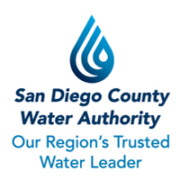Opinion: Pages From a Farmer: And Then the Rain Never Came
Bombtober” some called it, when an incredible atmospheric river drenched the drought-stricken soils and mountains of California. We all danced and rejoiced, and much thought, and may still think, that we made it through the recent stretch of drought. Was it realistic to believe that a few days of heavy rain could undo the harm of months and years of drought? Only if it continued to rain, but it never did.
This winter we experienced the driest January and February in recorded history, which are typically our wettest. And we will not have a “Miracle March”.



